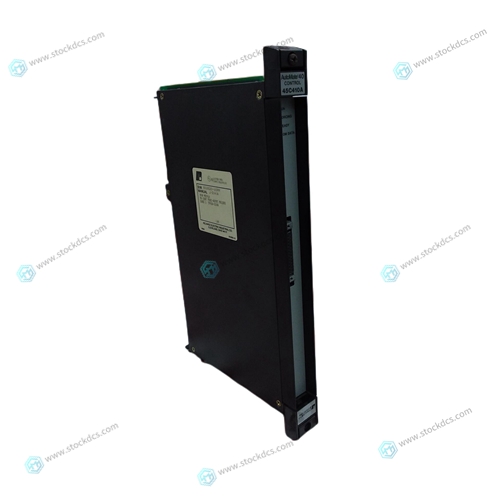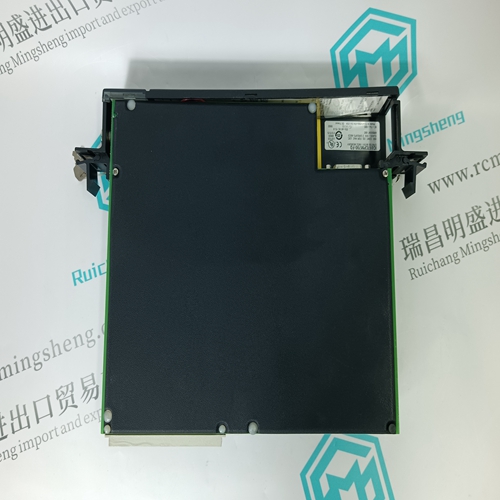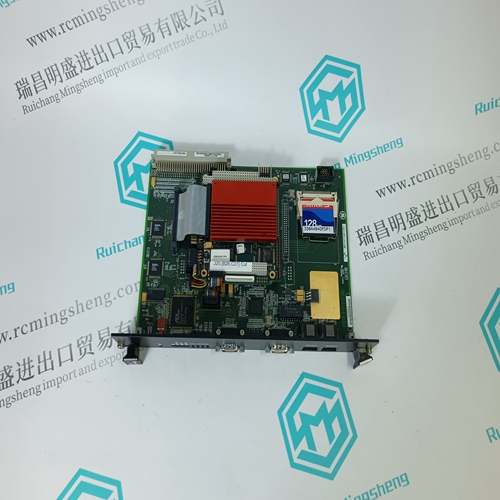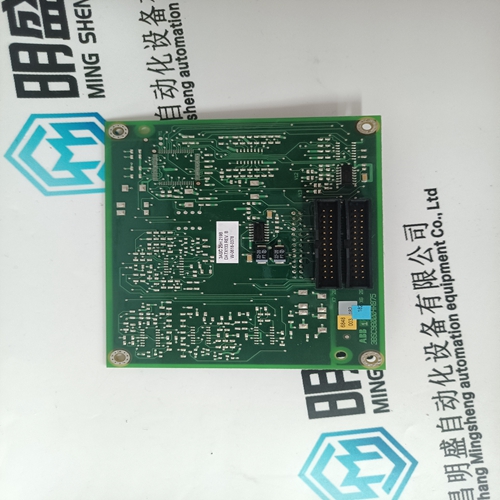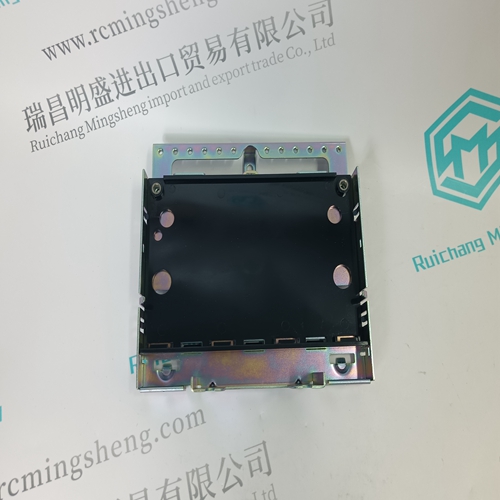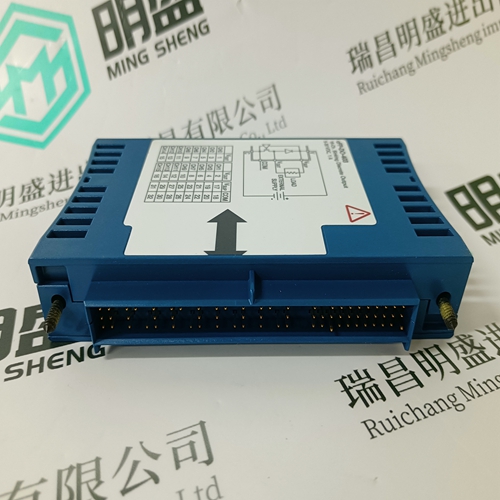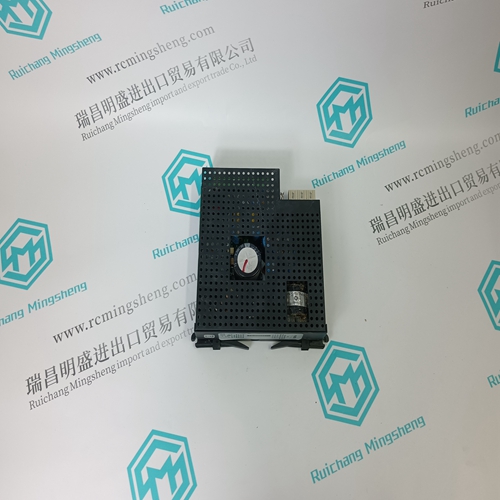Home > Product > PLC programmable module > RELIANCE 45C410A Redundant input module
RELIANCE 45C410A Redundant input module
- Product ID: 45C410A
- Brand: Reliance Electric
- Place of origin: The United States
- Goods status: new/used
- Delivery date: stock
- The quality assurance period: 365 days
- Phone/WhatsApp/WeChat:+86 15270269218
- Email:stodcdcs@gmail.com
- Tags:RELIANCE45C410ARedundant input module
- Get the latest price:Click to consult
RELIANCE 45C410A Redundant input module
Memory Maps There are two points of view for memory maps:
❏ The mapping of all resources as viewed by local bus masters (local bus memory map)
❏ The mapping of onboard resources as viewed by VMEbus masters (VMEbus memory map) Local Bus Memory Map The local bus memory map is split into different address spaces by the Transfer Type (TT) signals. The local resources respond to the normal access and interrupt acknowledge codes.
Normal Address Range
The memory map of devices that respond to the normal address range is shown in the following tables. The normal address range is defined by the TT signals on the local bus. For the MVME162, transfer types 0, 1, and 2 define the normal address range. Table 3-1 defines the entire map. Many areas of the map are user-programmable, and suggested uses are shown in the table. The cache inhibit function is programmable in the MC68xx040 MMU. The onboard I/O space must be marked ‘‘cache inhibit’’ and serialized in its page table. Table 3-2 further defines the map for the local I/O devices.
The EPROM and Flash are sized by the MCchip ASIC
from an 8-bit private bus to the 32-bit MPU local bus. Because the device size is less than the allocated memory map for some entries, the device contents repeat for those entries. If jumper GPIO3 is installed, the Flash device is accessed. If GPIO3 is not installed, the EPROM is accessed. 6. The Flash and EPROM are sized by the MCchip ASIC from an 8-bit private bus to the 32-bit MPU local bus. Because the device size is less than the allocated memory map for some entries, the device contents repeat for those entries. If jumper GPIO3 is installed, the PROM device is accessed. If GPIO3 is not installed, the Flash is accessed. 7. These areas are not decoded unless one of the programmable decoders are initialized to decode this space. If they are not decoded, an access to this address range will generate a local bus timeout. The local bus timer must be enabled.







Professional seller
Professional sales of major electrical brand products in the world
Overseas direct purchase of products, authentic inventory, price concessions
After sales warranty, complete models, same products, different prices and services
